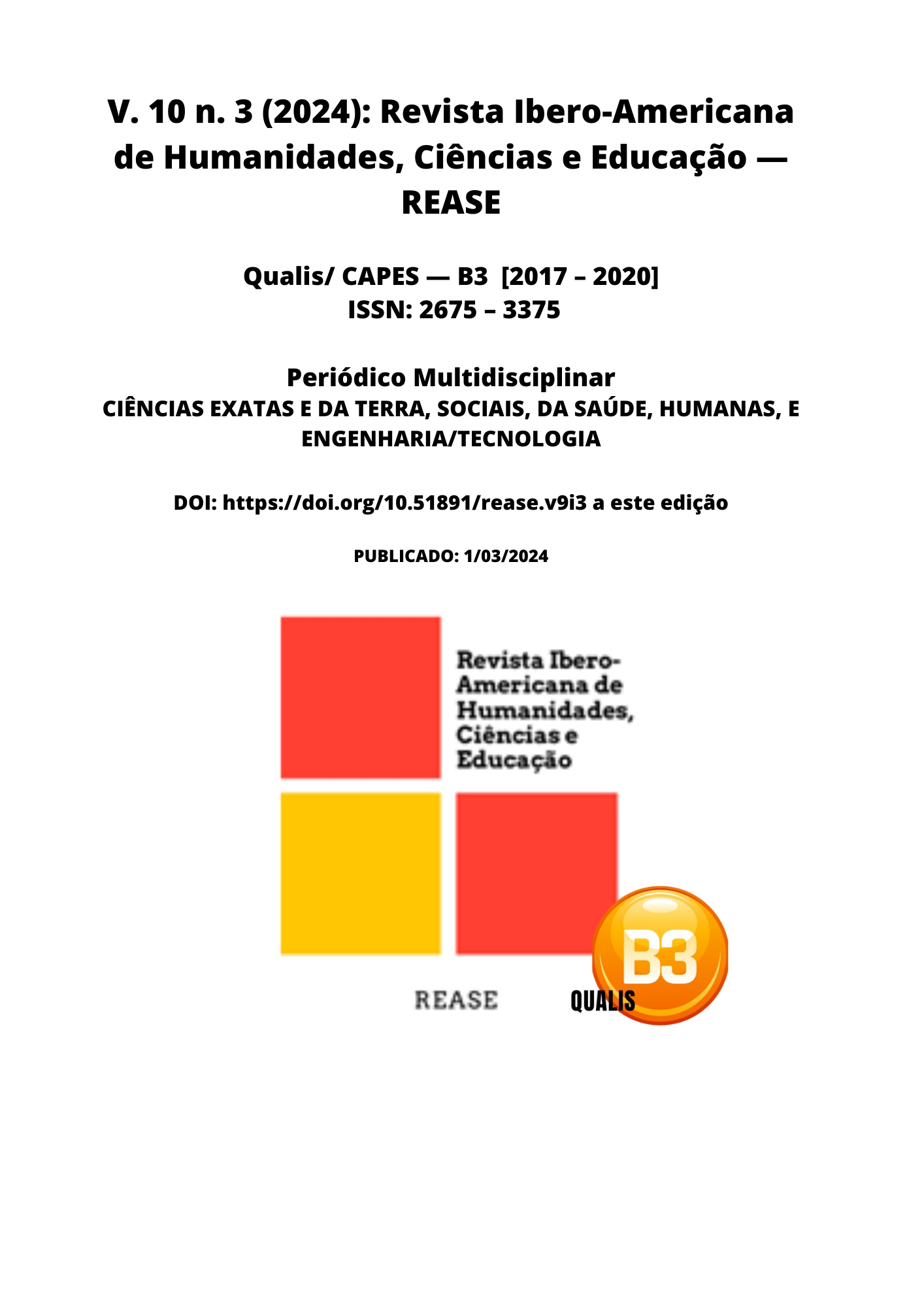HEMORRHOIDAL DISEASE: A REVIEW OF ETIOPATHOGENIC, CLINICAL, DIAGNOSTIC, AND THERAPEUTIC ASPECTS
DOI:
https://doi.org/10.51891/rease.v10i3.13362Keywords:
Hemorrhoidal disease. Hemorrhoids. Hemorrhoidectomy. Epidemiology. Anal diseases.Abstract
Hemorrhoidal disease (HD) is a common condition that affects millions of people worldwide, representing a significant challenge for physicians and patients due to uncomfortable symptoms and impact on quality of life. HD affects approximately 4.0% of the global population and is characterized by the enlargement and displacement of normal anal cushions. Thompson proposed the theory of anal cushion prolapse in 1975, suggesting that hemorrhoids are vascular cushions composed of fibroelastic tissue, muscle fibers, and vascular plexuses. The pathophysiology involves the sliding of the anal canal lining, resulting in venous dilation and breakdown of the supporting tissues of the anal cushions. Hemorrhoids are classified based on location and degree of prolapse, being internal (above the dentate line), external (below the dentate line), and mixed. Bleeding is the most common symptom, while chronic straining during defecation can lead to prolapse. The presence of anal pain suggests complications such as thrombosis or anal fissure. Diagnosis is based on medical history and physical examination, with attention to ruling out rectal cancer. Proctological examination is crucial for identifying hemorrhoids and other anorectal conditions. For patients with suspected hemorrhoidal bleeding, endoscopic evaluation may be necessary, especially in concerning cases. Conservative treatment involves modifying dietary and bowel habits, while more aggressive options such as instrumental and surgical treatment are reserved for severe cases. Therapeutic options include rubber band ligation, photocoagulation, sclerotherapy, and hemorrhoidectomy.
Downloads
Downloads
Published
How to Cite
Issue
Section
Categories
License
Atribuição CC BY

